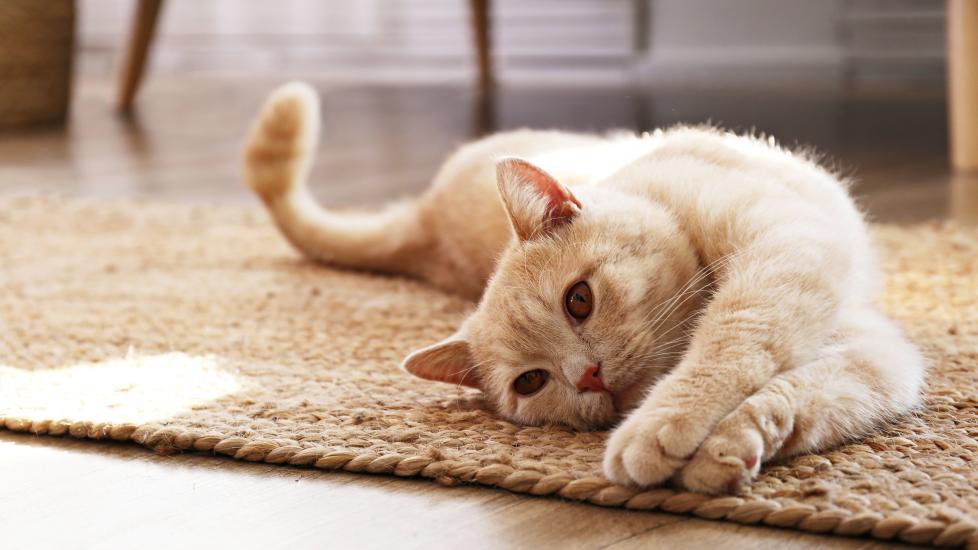
Understanding Your Cat’s Body Language
Cats communicate primarily through body language, and being able to read these signals can help you understand their emotions, needs, and intentions. Here’s a guide to some common feline body language cues:
1. Tail Position
- Upright Tail: A sign of happiness and confidence. Your cat is likely feeling friendly and approachable.
- Curled Tail: Often indicates contentment or affection.
- Puffed Up Tail: Signals fear or aggression. Your cat is trying to appear larger to scare off a threat.
- Low Tail: Suggests submission or uncertainty. A cat may hold its tail low when feeling anxious or scared.
2. Ears
- Ears Forward: Indicates curiosity or interest. Your cat is engaged and paying attention.
- Ears Back: Can signify annoyance or fear. If both ears are pinned back, your cat may be feeling threatened.
- Ears to the Side: A sign of curiosity or playfulness, but can also indicate uncertainty.
3. Eyes
- Slow Blinking: A sign of trust and affection. If your cat looks at you and slowly closes its eyes, it’s showing you love.
- Dilated Pupils: Can indicate excitement, fear, or aggression. Pay attention to the context to interpret correctly.
- Staring: If your cat is staring at you without blinking, it might be feeling defensive or challenged.
4. Whiskers
- Whiskers Forward: Indicates curiosity or excitement. Your cat may be investigating something new.
- Whiskers Pulled Back: Suggests fear or aggression. Your cat may feel threatened in this position.
5. Body Posture
- Relaxed Body: A relaxed cat will have a loose body posture, lying down comfortably or resting with limbs extended.
- Arched Back: Indicates a defensive or aggressive stance. This posture can also occur when your cat is feeling playful (especially if the tail is upright).
- Crouched Position: A cat in a crouched position is likely feeling scared or threatened, ready to flee or defend itself.
6. Purring and Vocalizations
- Purring: Often indicates contentment, but can also signify discomfort or pain in certain contexts.
- Meowing: Cats meow primarily to communicate with humans. The tone and pitch can vary based on their needs (e.g., demanding attention, expressing annoyance).
7. Grooming Behavior
- Self-Grooming: Generally indicates a relaxed and content cat. However, excessive grooming can signal stress or anxiety.
- Mutual Grooming: Cats that groom each other are exhibiting social bonding behavior.
8. Play Behavior
- Pouncing and Stalking: Indicates playful behavior. Cats often engage in these actions during playtime, mimicking hunting behaviors.
- Belly Up: If your cat exposes its belly, it can signify trust, but be cautious! Some cats do not like their bellies touched, and this could also indicate they’re feeling playful or defensive.
Conclusion
Understanding your cat’s body language can enhance your bond and improve communication between you and your feline friend. By paying attention to these cues, you can better respond to your cat’s needs and emotions, creating a happier and healthier environment for both of you. Always consider the context and combination of signals to interpret their feelings accurately!
